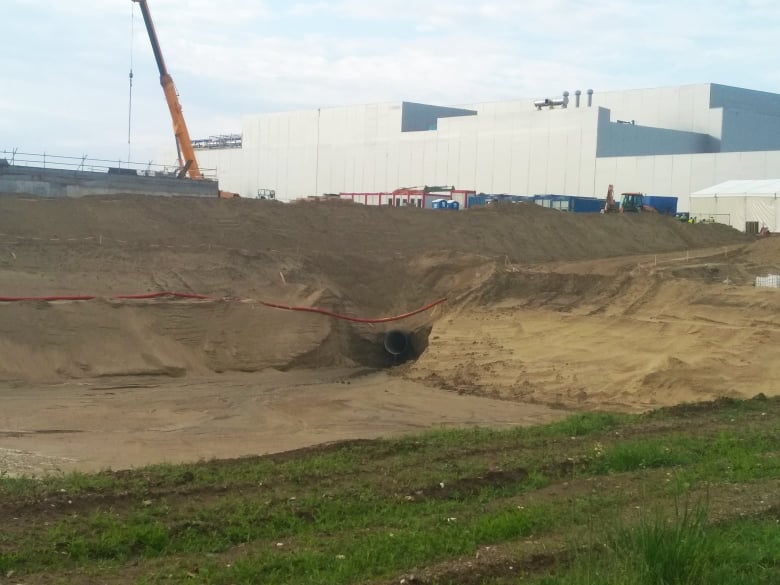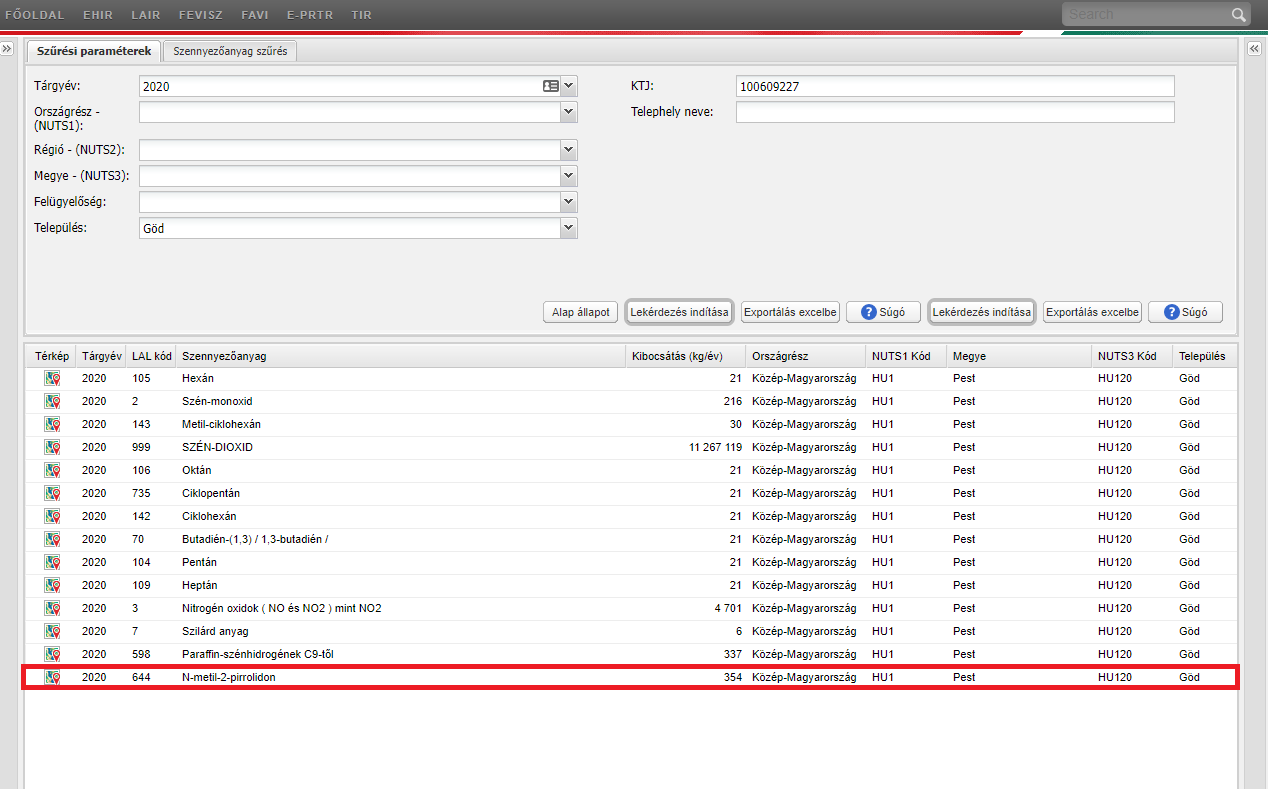The https://english.atlatszo.hu use cookies to track and profile customers such as action tags and pixel tracking on our website to assist our marketing. On our website we use technical, analytical, marketing and preference cookies. These are necessary for our site to work properly and to give us inforamation about how our site is used. See Cookies Policy
Toxic solvent used for battery production found in water from wells in Göd
An independent expert study has found the presence of substances in the water of the Göd wells that are also used in the Samsung factory. At the same time, the water authority will not release the test documents of the monitoring wells in the Göd industrial area, claiming that they are “pre-decision” data that can be kept confidential for ten years. A court case is pending.
Lithium and a solvent called N-methyl-2-pyrrolidone (NMP) have been found in the water of some wells in Göd. The tests, commissioned by the Göd-ÉRT Association, aimed to monitor the impact of the Göd battery factory on water quality, in addition to the general characterisation of groundwater quality.

Since tens of thousands of tonnes of toxic lithium compounds and the equally toxic NMP are used in the Göd factory every year, the association requested testing for these substances in addition to the normal water components of the tests. Three spaced wells in Alsógöd and in the Oázis housing estate, located about 800-1000 metres from the Samsung factory in Göd, have been designated for sampling.
The investigation report and expert analysis showed that all three water samples contained relatively high levels of lithium and N-methyl-2-pyrrolidone, which could have come from the Samsung factory.
Although these substances are not listed as hazardous substances, their safety data sheets – which are also present in the test material – indicate that they are toxic and their use is regulated by a number of regulations.
The solvent NMP may cause irritation to the skin, eyes and respiratory tract and may cause harm to the unborn foetus. The strict conditions for its use are detailed at length in Samsung’s 2018 building permit, following EU regulations.
Contaminants may have leaked into groundwater
According to experts, NMP released as an air pollutant could have leached into groundwater through precipitation and settled on the ground. According to the National Environmental Information System, 354 kilograms of this substance were released by the plant in 2020. Although it is not known how the substance got into the water, it cannot be ruled out that it came from the Samsung factory.
NMP could in theory have traveled further through groundwater, but to be detected in wells a kilometer away, there would have to be a large source of contamination at the factory – if indeed that is the source.
Previously, we reported that the disaster management authority had fined the company five times for repeated unauthorised storage and use of more than 100 tonnes of hazardous substances. The company was also fined for leaking toxic sludge in the factory’s wastewater treatment plant.
The report concludes that “a full fact-finding mission should investigate the reasons for the presence of these substances.”
Samsung monitoring data to be classified for ten years
The presence of the toxic substance in the groundwater is also worrying because the Metropolitan Directorate of Emergency Management (FKI), which is responsible for the water permits and inspections of the Samsung factory, does not release the test data of the monitoring wells in the industrial area. A NAIH investigation has also been launched for refusing to respond to Átlátszó’s data request.
State agencies hide monitoring data gathered on groundwater in Hungary
The fact that nothing is known about the state of groundwater is a sad example of the deplorable state of environmental protection in Hungary. Yet on this year’s World Water Day, the UN has set itself the goal of “Groundwater – making the invisible visible”.
A member of the Göd-ÉRT Association has also filed a lawsuit for the release of water test data from the Samsung site. The disaster management authority responded to the lawsuit with a counterclaim, wher they claimed taht due to “objective reasons” declared by Samsung Ltd, no monitoring tests were carried out in 2019 and 2020.
According to them, the samples and official documents of the wells and leachate reservoirs on Samsung’s industrial site are “preparatory data for decision-making purposes and are not public for ten years from the date of their creation”.
This is not the first time that the Metropolitan Directorate for Disaster Management has refused to release investigation documents. The mayor of Göd, Csaba Balogh, requested the soil and water investigation documents for the Göd industrial area last October. At the time, the authority refused to release the data, arguing that they were the “intellectual property” of the company carrying out the studies and that they were preparatory documents for the decision on water permit procedures for new siltation reservoirs and therefore could not be made public.
The current procedure for the refusal by the disaster management authority to release the water test data for the Göd industrial site, and whether Samsung’s discharge data can be kept from the public at all, will be decided in court.
Translated by Zita Szopkó. The original, Hungarian version of this article was written by Zsuzsa Bodnár and can be found here.
Hungary. What do you know about Hungary? from atlatszo.hu on Vimeo.



